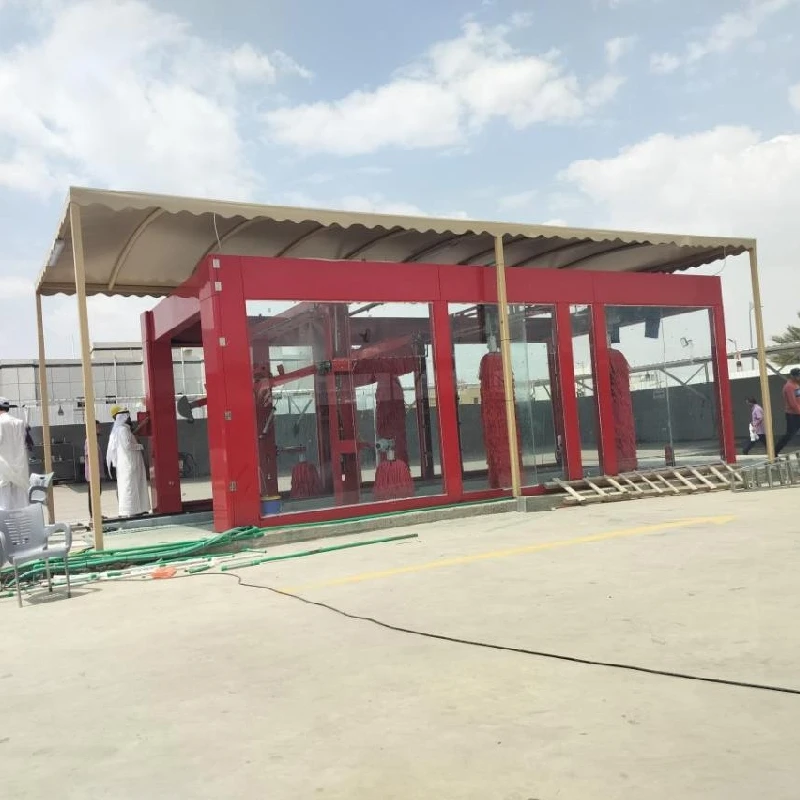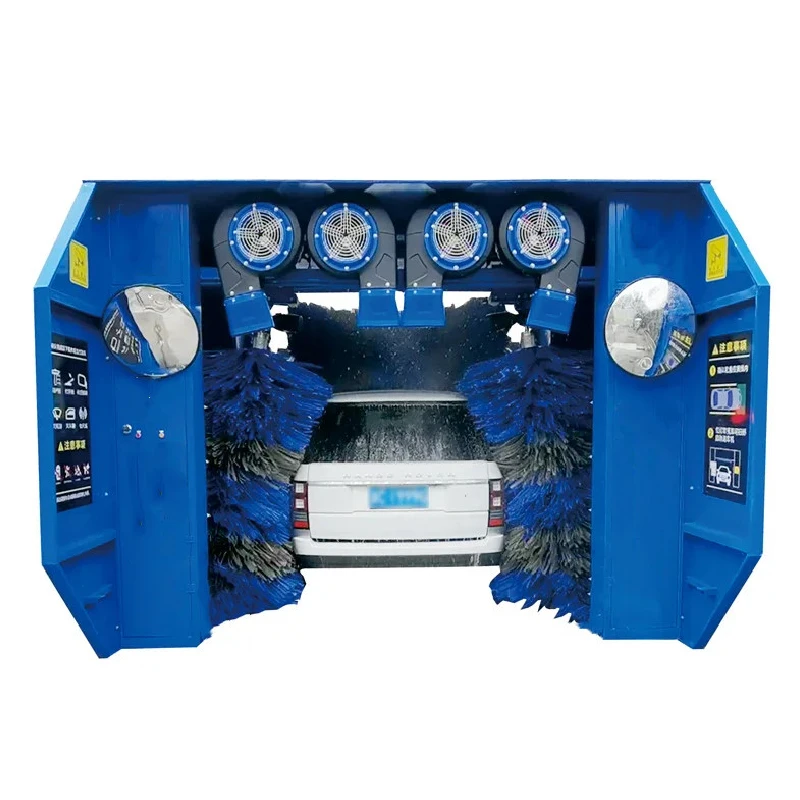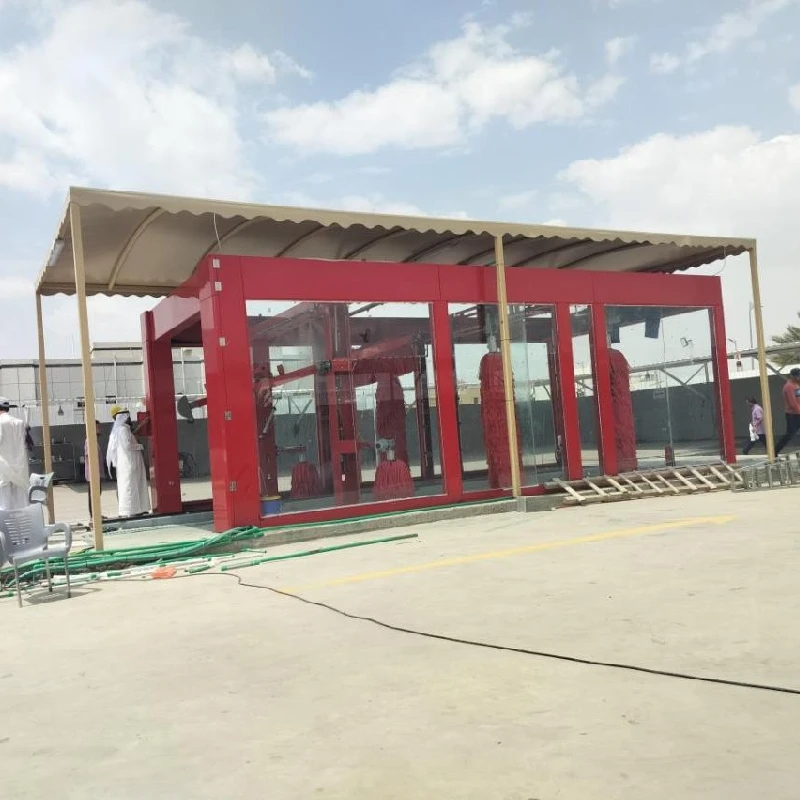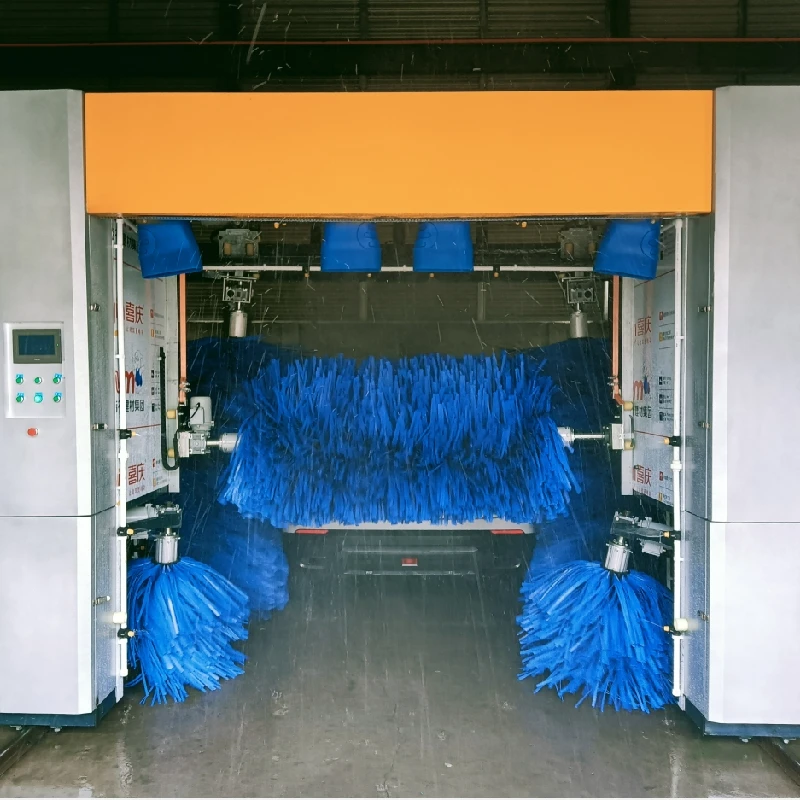Car Wash Tunnel Design: Boost Throughput & ROI—How?
Inside the Modern Car Wash Tunnel: What Good Design Really Looks Like
If you’re rethinking your wash line, car wash tunnel design isn’t just about shiny steel and fast conveyors. It’s about throughput, chemistry discipline, electrical reliability, and a layout that saves operators from daily headaches. After a decade of walking bays from Phoenix to Xingtai, I’ve learned that the best tunnels feel calm at rush hour—and they rarely need a wrench.

A quick look at DY-QC-9: the practical, production-first tunnel
Built at 27Retail Sales, East Of Fuxin Road, Qiaoxi Area, Xingtai, Hebei, China, the DY-QC-9 Tunnel car washing machine uses national standard galvanized profiles and plates. The frame is CNC machined, welded, formed, then hot-dip galvanized; final powder spraying with high-temperature melting paint locks in corrosion resistance. That’s the industrial sequence many operators quietly prefer because real-world wash bays chew on steel.
Product specs (field-proven ranges)
| Model | DY-QC-9 Tunnel car washing machine |
| Throughput | ≈ 60–90 vehicles/hour (site, chemistry, and staffing dependent) |
| Conveyor length | ≈ 18–30 m configurable |
| Power | ≈ 25–40 kW installed; variable frequency drives on key motors |
| Water/vehicle | ≈ 80–140 L with reclaim; real-world use may vary |
| Materials | Galvanized steel frame; powder-coated surfaces; corrosion-resistant fasteners |
Why this matters in car wash tunnel design
- Galvanization + powder coating: tested to industry methods like ASTM B117 salt-spray and D3359 adhesion for coating integrity.
- Modular bays: easier swap-outs for brushes, high-pressure arches, RO rinse, and dryers.
- Controls: VFD-driven motors tame noise and slippage, and cut power spikes.
- Chemistry discipline: consistent dwell time equals consistent finish—surprisingly rare in busy sites.
Vendor snapshot (what operators usually compare)
| Feature | DY-QC-9 | Generic Vendor X | Entry-Level Tunnel Y |
|---|---|---|---|
| Frame/coating | Galvanized + powder coat | Painted steel (varies) | Mixed finishes |
| Throughput | ≈ 60–90 vph | ≈ 50–80 vph | ≈ 30–50 vph |
| Service access | Wide bays, modular arches | Moderate | Tight |
| Estimated service life | 10–15 yrs with routine care | 8–12 yrs | 5–8 yrs |
Process flow that keeps cars moving
A dependable car wash tunnel design often runs this sequence:
- Pre-soak/bug pass: low pH or enzymatic pre-wet for adhesion control.
- Foam curtain: dwell time matched to conveyor speed.
- Friction + high-pressure: foam brushes plus 900–1400 psi arches for crevices.
- Protectant/wax: hydrophobic layer; glossy upsell if you like.
- RO rinse: spot-free finish and fewer complaints.
- Dryers: 30–45 kW arrays; nozzle aiming matters more than raw power, to be honest.
Materials, methods, and testing
- Galvanized steel to ISO 1461 thickness guidance; powder coat adhesion ≈ ASTM D3359, saline exposure ≈ ASTM B117.
- Ingress protection for enclosures targeted to IEC 60529 (IP54–IP65, check the cabinet).
- Electrical build commonly references EN 60204-1; many plants run ISO 9001 QMS—always request certificates.
Where it fits and what users say
Use cases: high-volume forecourts, fleet depots, dealer service lanes, and municipalities. Many customers say “the dryer pass is quieter than expected,” which usually means the VFD tuning is on point. I guess quiet sells as much as shine.
Mini case stories
Coastal forecourt, 26 m conveyor: after a powder-coat refresh and RO upgrade, rejects dropped from ~3.2% to 1.1% in eight weeks (windscreen striping gone). Throughput rose by ~12% with the same staff.
Fleet depot, inland climate: bug-season pre-soak tweak and brush density change cut rewash tickets in half. Simple, not flashy.
Customization tips
- Right-size your reclaim: around 70–80% recovery is realistic without babying filters.
- Tune chemistry to local water hardness; RO polish rescues finish in hard-water regions.
- Pick service-friendly arches; five-minute swap beats heroics under a dripping gantry.
For operators who want fewer surprises, the DY-QC-9’s manufacturing flow—CNC, welding, galvanizing, then powder spray—lines up with what corrosion tests reward. That, in my book, is the backbone of trustworthy car wash tunnel design.
Authoritative references
- ISO 1461: Hot dip galvanized coatings on fabricated iron and steel articles. https://www.iso.org/standard/59031.html
- ASTM B117: Standard Practice for Operating Salt Spray (Fog) Apparatus. https://www.astm.org/b0117-19.html
- ASTM D3359: Standard Test Methods for Rating Adhesion by Tape Test. https://www.astm.org/d3359-17.html
- IEC 60529: Degrees of protection provided by enclosures (IP Code). https://webstore.iec.ch/publication/2452
-
Car Wash Equipment – Durable, Efficient, Pro-Grade SystemsNewsNov.10,2025
-
automatic car washing machine price list: Fast ROI, Low CostNewsNov.10,2025
-
Car Wash Tunnel Design for High Throughput, ROI & UptimeNewsNov.10,2025
-
Car Wash Tunnel Design | High Throughput & Low MaintenanceNewsNov.10,2025
-
Automatic Car Washing Machine Price List - Fast ROINewsNov.10,2025
-
Car Wash Tunnel Design: High Throughput, Custom & DurableNewsOct.27,2025




